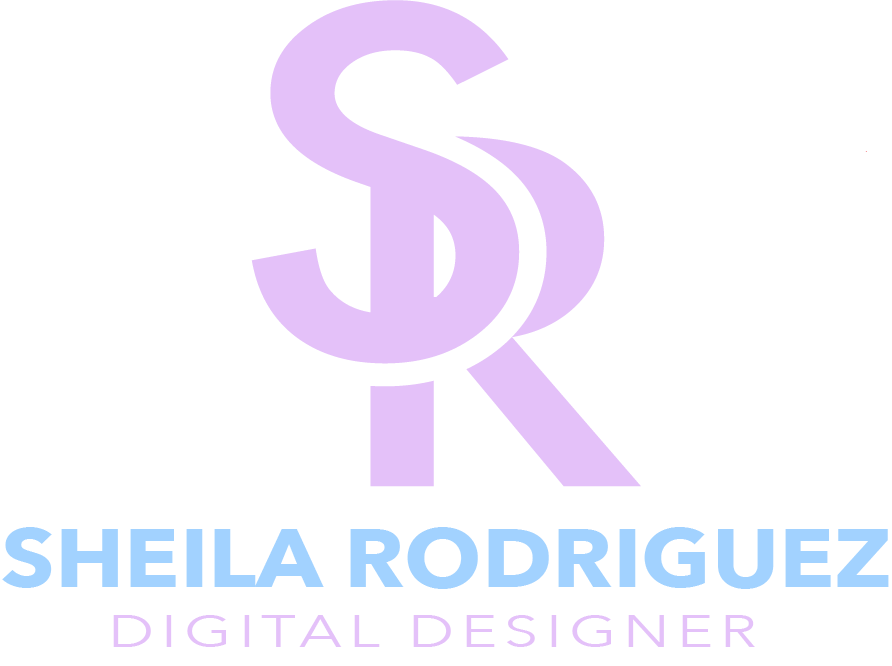A well-designed footer can enhance user experience and reinforce your brand. Here’s how to create a consistent footer that effectively serves your blog:
source: KrishaWeb
1. Essential Elements
- Contact Information: Include email, phone number, and links to your contact page to make it easy for readers to reach you.
- Social Media Links: Add icons linking to your social media profiles, encouraging visitors to connect with you on other platforms.
2. Navigation Links
- Quick Access: Provide links to important pages (e.g., About, Blog, Services, Privacy Policy) to help users find information quickly.
- Categories: Consider including links to popular categories or recent posts to encourage further exploration of your content.
3. Branding Consistency
- Logo and Tagline: Include your logo and a brief tagline in the footer to reinforce brand identity.
- Color Palette: Use your brand’s color palette to ensure the footer aligns with the overall design of your blog.
4. Visual Hierarchy
- Clear Layout: Organize footer elements in a clear hierarchy. Use headings for different sections (e.g., Contact, Follow Us) to guide users.
- Spacing: Incorporate adequate spacing between elements to prevent a cluttered appearance, making it easier to read.
5. Call-to-Action
- Newsletter Sign-Up: Include a simple form for visitors to subscribe to your newsletter, encouraging ongoing engagement.
- Promotional CTAs: Consider adding a CTA for special offers or resources, such as eBooks or free downloads, to entice users to take action.
6. Legal and Policy Links
- Accessibility: Link to important legal pages, such as your Privacy Policy, Terms of Service, and Disclaimers, to ensure compliance and build trust with readers.
7. Mobile Responsiveness
- Adaptable Design: Ensure your footer design is mobile-friendly, with elements that stack vertically and are easily clickable on smaller screens.
- Testing: Regularly test the footer on various devices to ensure it maintains usability and aesthetics.
8. Consistent Typography
- Font Choices: Use the same fonts used throughout your blog for headings and body text in the footer to maintain consistency.
- Readability: Ensure that the font size is legible, especially on mobile devices.
9. Visual Elements
- Background Color: Consider a contrasting background color for the footer to distinguish it from the main content area.
- Icons and Graphics: Use icons for social media links or contact methods to make the footer visually engaging without overwhelming it.
10. Regular Updates
- Dynamic Content: Periodically update the footer with new links, featured content, or seasonal promotions to keep it fresh and relevant.
- Consistency Check: Regularly review the footer to ensure all links are functional and up-to-date.
Conclusion
A consistent footer design is an essential element of your blog that enhances user experience and reinforces your brand identity. By including key elements, maintaining visual consistency, and ensuring mobile responsiveness, you can create a footer that effectively supports your readers and encourages ongoing engagement.
